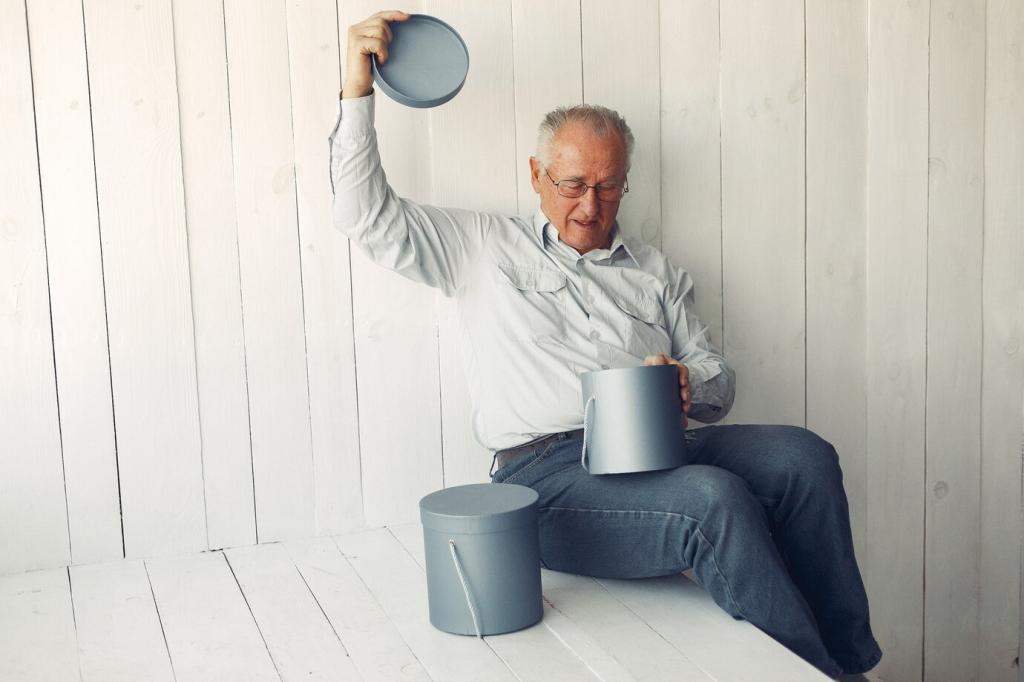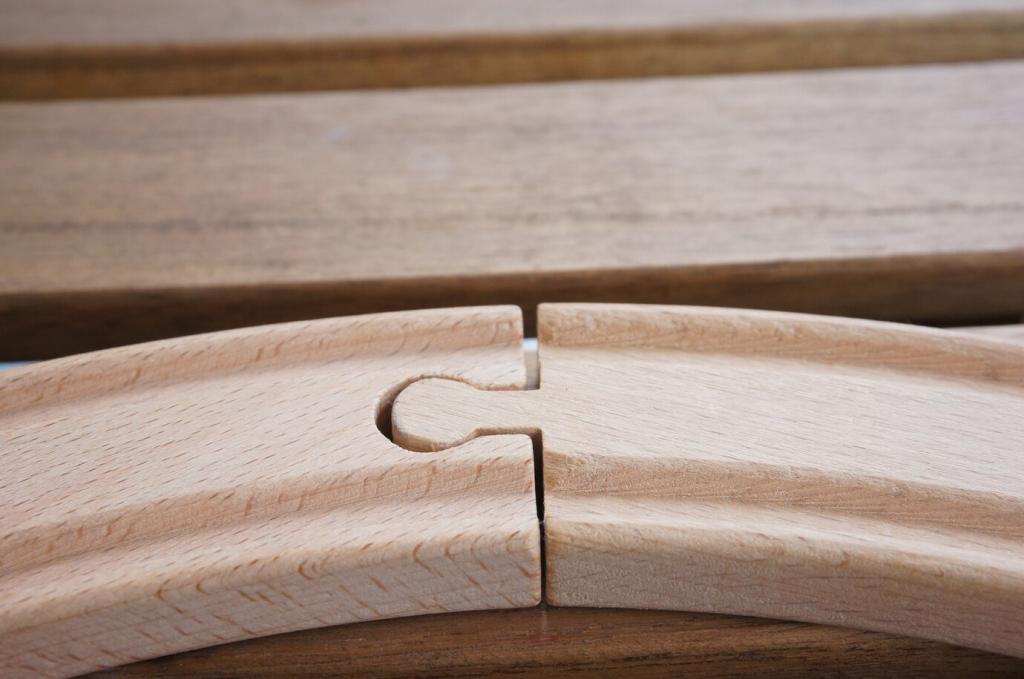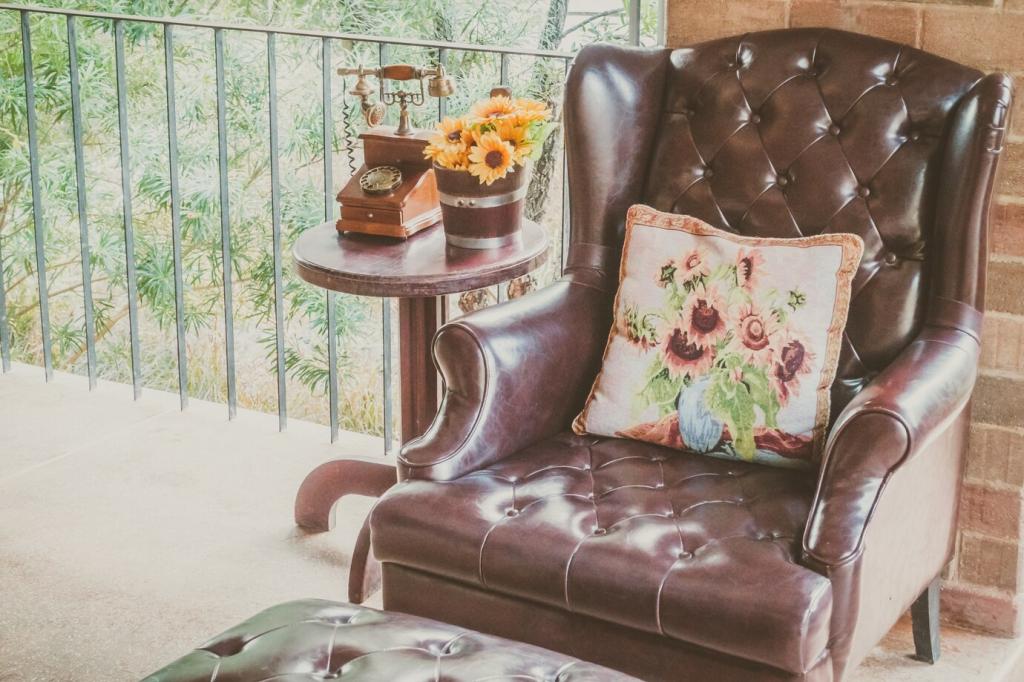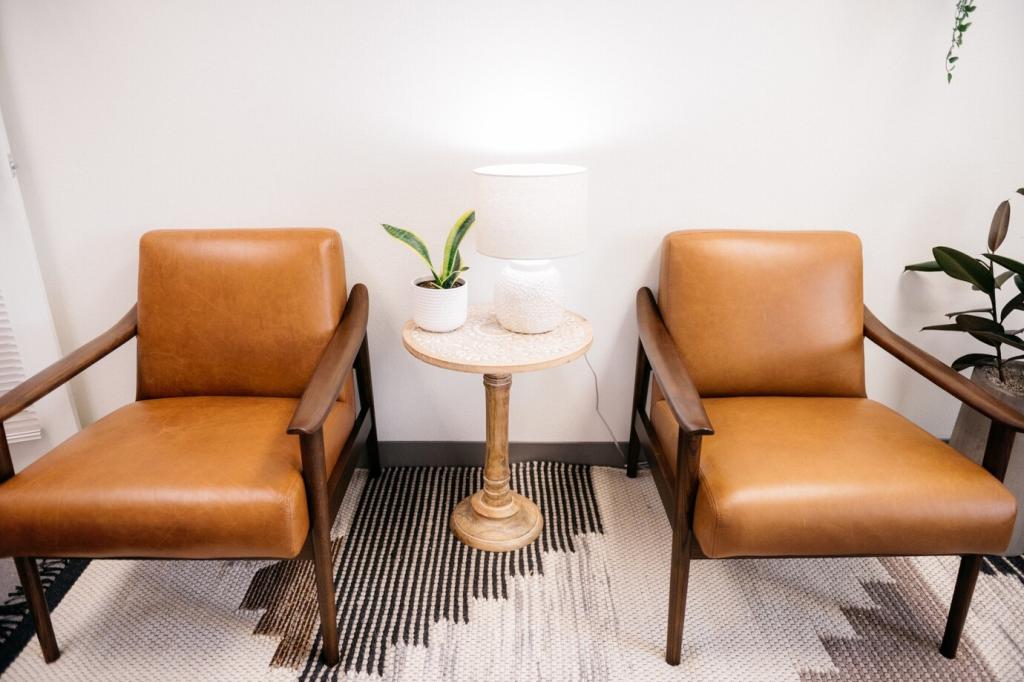Aftercare: Protection, Waxing, and Routine
Apply a conservation-grade microcrystalline wax sparingly, with soft cloth, then buff lightly for a breathable glow. Heavy applications attract dust. Tell us your favorite buffing technique—straight lines, small circles, or a mix—and why it works.
Aftercare: Protection, Waxing, and Routine
Keep pieces away from radiators and direct sun; stabilize humidity and avoid rapid temperature swings. Small felt pads under objects reduce abrasion. Share your room setups so readers can borrow protective ideas without sacrificing style.






